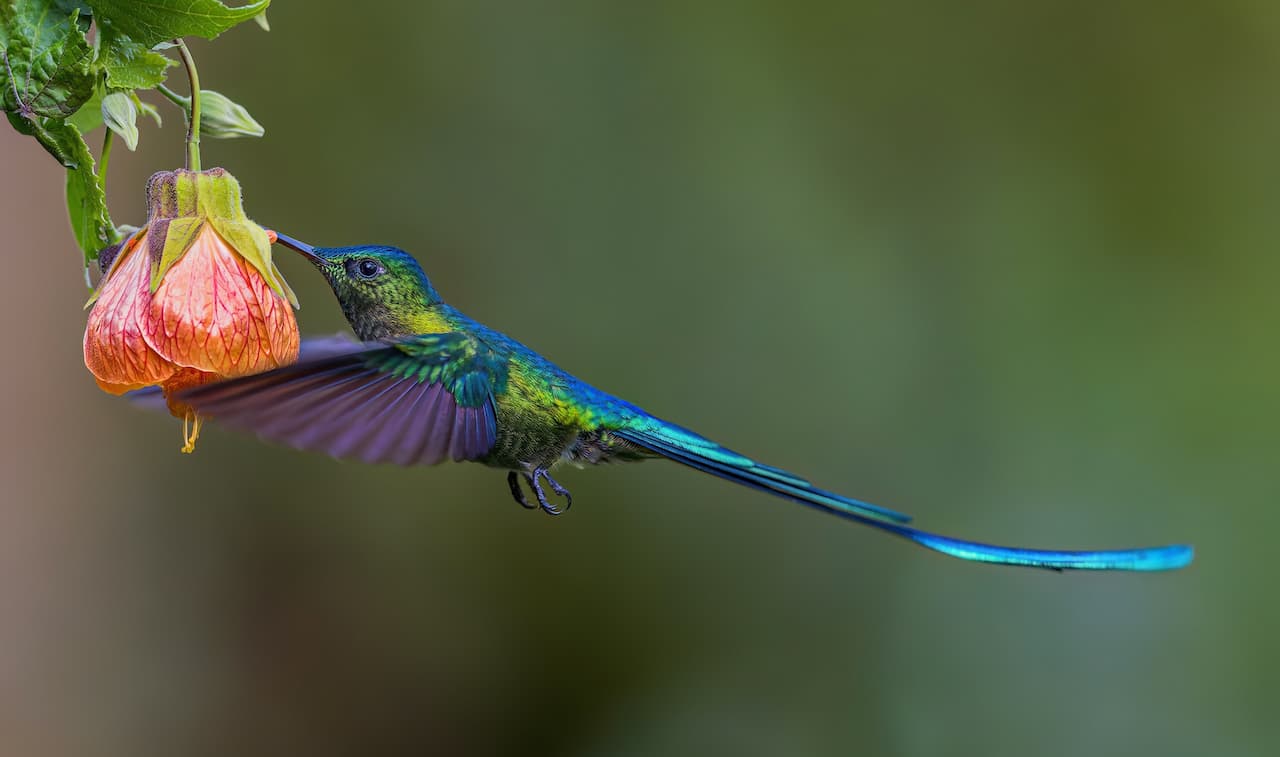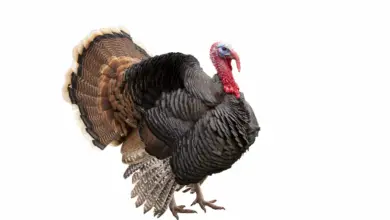How Do Birds Regulate Body Temperature
Learn How Do Birds Regulate Body Temperature
Like all warm-blooded animals, birds must maintain a constant internal body temperature for their tissues and organs to function correctly. Birds have evolved specialized physical and behavioral adaptations that allow them to tightly control their body temperature in various environmental conditions.
One of the keys to their remarkable temperature regulation is the ability to alter blood flow to their skin. By increasing blood flow, birds can dissipate more heat through their unfeathered areas when they are too hot.
Likewise, restricting blood flow helps them conserve heat when it’s cold. Adjusting their feathers, seeking shade or sunlight, panting, and shivering are other ways birds can fine-tune their body temperature.
Feathers Provide Excellent Insulation
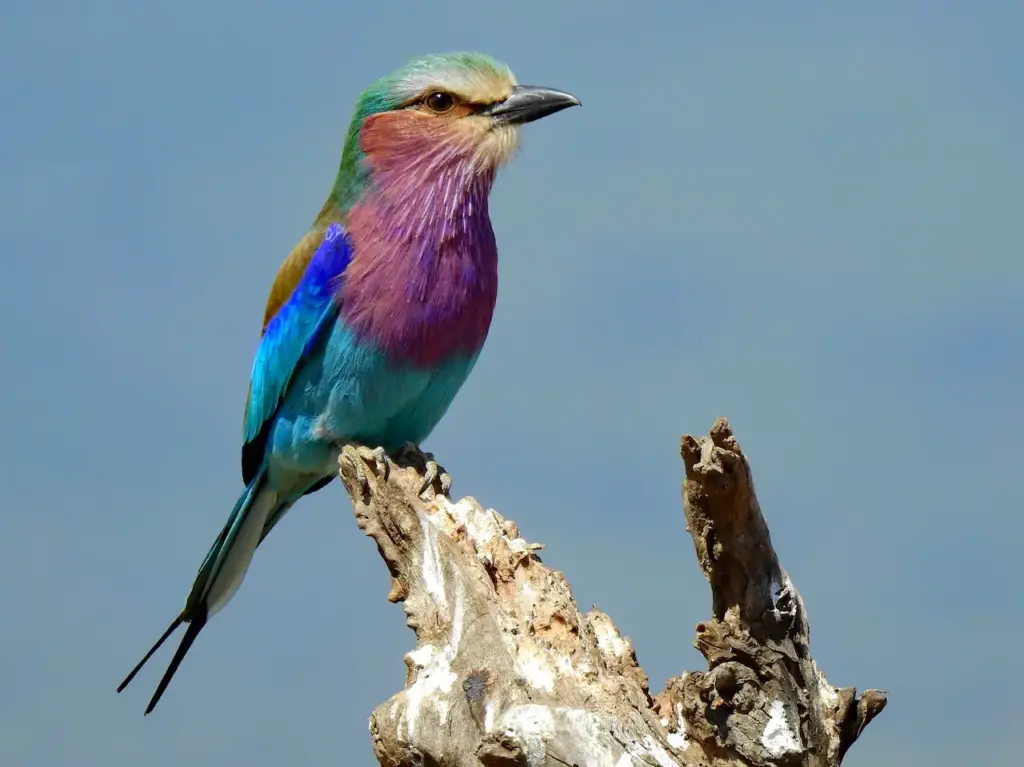
How do birds regulate body temperature with feathers? The most important adaptation that allows birds to regulate their temperature is their feathers. Feathers provide excellent insulation that holds in body heat and prevents heat loss. Birds have a thick coat of contour feathers that cover their skin and overlap to retain trapped air.
The trapped air acts as insulation, similar to how a winter jacket works. The amount of insulation can be adjusted by fluffing or compressing the feathers. Many aquatic birds also have a thick, downy undercoat beneath their contour feathers for additional insulation.
Some bird species that live in extremely cold climates, like ptarmigan, grow extra dense winter plumage to provide even more insulation.
The feathers block wind and keep their body shielded from the cold. When the weather warms up, they shed this heavy winter coat. The superior insulation of feathers allows birds to maintain a high body temperature even in freezing weather.
Fat Reserves Increase Insulation and Energy Stores
How do birds regulate body temperature with fat? Many birds also build up fat reserves before winter, providing additional insulation against the cold. The layer of fat beneath the skin increases insulation, similar to the blubber of marine mammals.
Fat deposits help prevent heat loss and allow birds to maintain their high core temperature in low temperatures.
These fat stores also provide an energy reserve that birds can draw on when food is scarce. Birds convert the fat into usable energy to fuel their metabolism and keep their bodies running. This helps them survive periods of extreme cold or food shortages in winter.
Vasoconstriction Retains Core Heat
How do birds regulate body temperature and vasoconstriction? Birds have adapted their circulatory system to minimize heat loss through their extremities in cold weather. Arteries supplying blood to their legs and feet are surrounded by venous sinuses.
When birds are exposed to cold, smooth muscles surrounding the veins constrict, reducing blood flow to the extremities. This vasoconstriction helps retain more heat in the core body rather than losing it through the skin of the legs and feet.
Behavioral Adaptations Help Regulate Temperature
How do birds regulate body temperature and behavioral adaptions? In addition to their specialized physical adaptations, birds have necessary behavioral adaptations to help them maintain the optimal body temperature.
On hot days, birds keep cool by seeking shade and panting to evaporate moisture and cool their bodies. Panting increases the evaporation of moisture from the throat and mouth and dissipates excess heat.
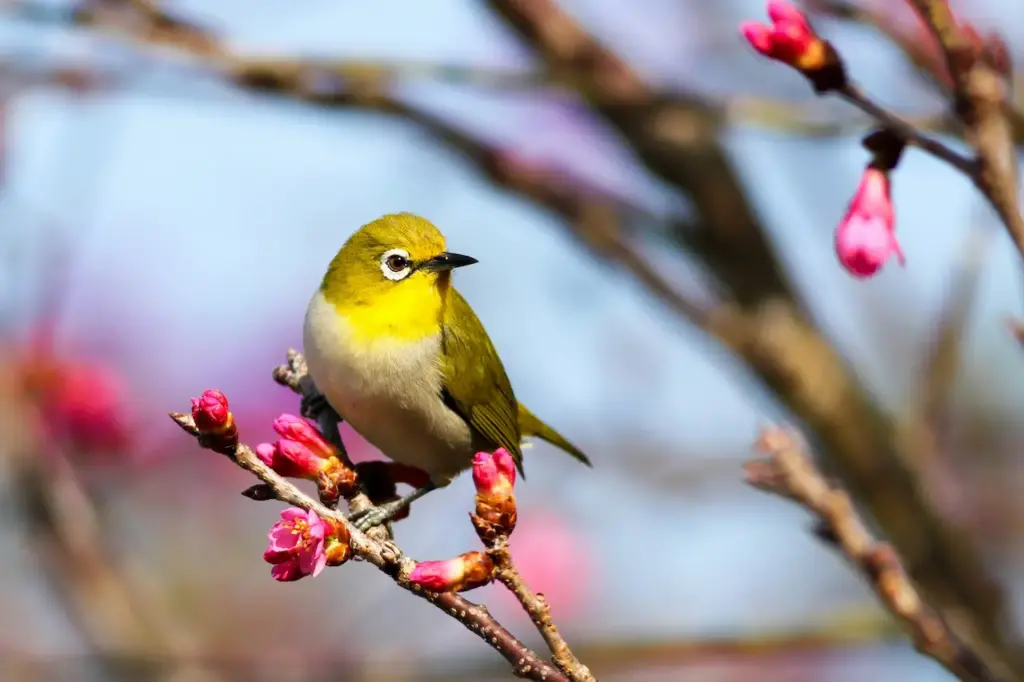
Birds also fluff up their feathers to trap more air and create more insulation when it is cold. Fluffing the feathers expands the layer of air trapped next to the skin, which provides more insulation to hold in heat.
When it is hot, birds can sleek their feathers down to reduce the trapped insulating air layer. This helps them shed excess internal heat.
Many species also turn their backs to the sun or wind to shield themselves from the elements and retain body heat. Some birds undergo torpor, a temporary reduction in body temperature and metabolic rate, to conserve energy when food is scarce in cold weather.
Huddling together in large groups also conserves heat for flocking bird species like emperor penguins. The tight huddle reduces surface area and heat loss for individuals inside the group.
Countercurrent Heat Exchange Retains Heat in Extremities
How do birds regulate body temperature and heat exchange rates? While vasoconstriction minimizes heat loss from the feet and legs, birds must keep their feet from freezing to avoid frostbite. Their legs have a specialized circulatory adaptation called countercurrent heat exchange that maintains some heat in their feet.
Arteries carrying warm blood into the legs run right next to veins carrying cool blood back to the body. The warm arterial blood transfers heat into the cooler venous blood, warming it up before returning to the body’s core. Meanwhile, the artery loses some heat but remains warmer than the veins.
This countercurrent exchange system continuously recycles heat back to the body’s core. It prevents the legs from losing too much heat while still keeping the feet warm enough to avoid freezing. This allows birds to keep their feet sufficiently warm even when standing on ice.
Adjusting Metabolic Rate Regulates Heat Production
How do birds regulate body temperature metabolic rate? Birds can adjust their internal heat production to maintain their optimum temperature. They do this by increasing their metabolic rate, which is the amount of energy their body uses. Shivering is one way birds increase heat generation through muscle activity.
But they can also increase their basal metabolic rate, which is the minimum energy needed while at rest.
When it gets cold, birds burn more energy simply to maintain their body temperature. They essentially run their metabolism at a higher rate to produce more internal heat.
This is similar to turning up a stove – increasing the burn rate releases more heat. The basal metabolic rate of birds can increase by up to 30% in cold winter temperatures.
Adjusting Heart and Respiration Rates Releases Heat
How do birds regulate body temperature and heart rate? Two other ways birds can control heat release are by adjusting their heart and respiration rates. Increased heart rate and breathing rate generate more body heat. Birds speed up their heart and breathing when they are too cold, warming them up internally.
When hot, birds can slow their heartbeat and respiration to reduce unnecessary heat production. This prevents them from overheating.
Temperature Regulation in Nests
How do birds regulate body temperature and temperature regulation? Baby birds in the nest have limited ability to regulate their temperature. Parent birds assist by brooding chicks, sitting over the nest to provide insulation and warmth. Adults continuously monitor the nest temperature and adjust their brooding time accordingly.
Some species add insulating materials to the nest, like feathers, grass, mud, or fur, to help hold in heat. Nest location is also essential, with most birds building sheltered nests that protect their eggs and chicks from harsh conditions.
Tree hollows offer insulation, as do enclosed nests like those of swallows. Properly regulating temperature is crucial for the healthy development of baby birds.
Unique Adaptations in Some Species
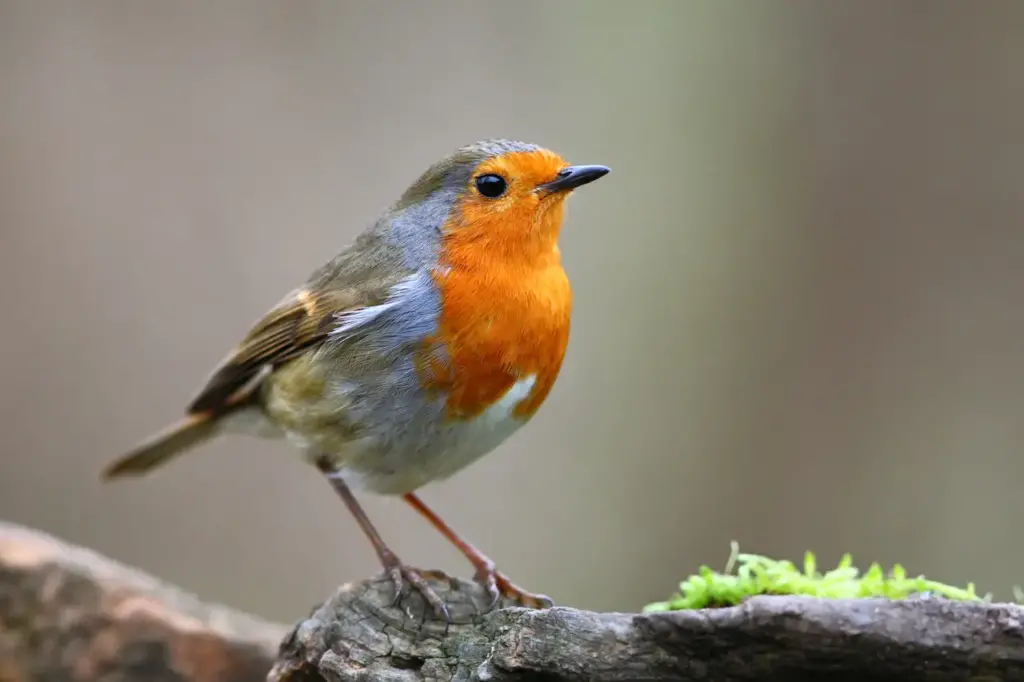
While all birds rely on feathers for insulation, some unique species have additional adaptations that aid their thermoregulation.
Penguin bodies are shaped aerodynamically, so they can huddle very close together with minimal surface area exposed. Their countercurrent heat exchange system keeps blood cooled down on its way to the skin so they don’t overheat.
Vultures have no feathers on their heads and necks, which provides cooling through those bare areas when they feed on hot carcasses.
They also urinate on their legs and feet to cool down. Toucans and hornbills have large, highly vascularized bills that release excess heat from their bodies. These specialized adaptations allow birds from diverse environments to thrive.
How Do Birds Regulate Body Temperature Conclusion
The remarkable ability of birds to control their internal temperature over a wide range of conditions enables them to inhabit diverse habitats. Well-developed insulation in the form of contour feathers and fat, combined with their precise regulation of heat production and release, allows birds to endure temperature extremes.
Behavioral responses like huddling, fluffing, shading, and adjusting metabolic rate also aid thermoregulation. Birds provide an excellent example of adaptations evolved to optimally regulate body temperature.

